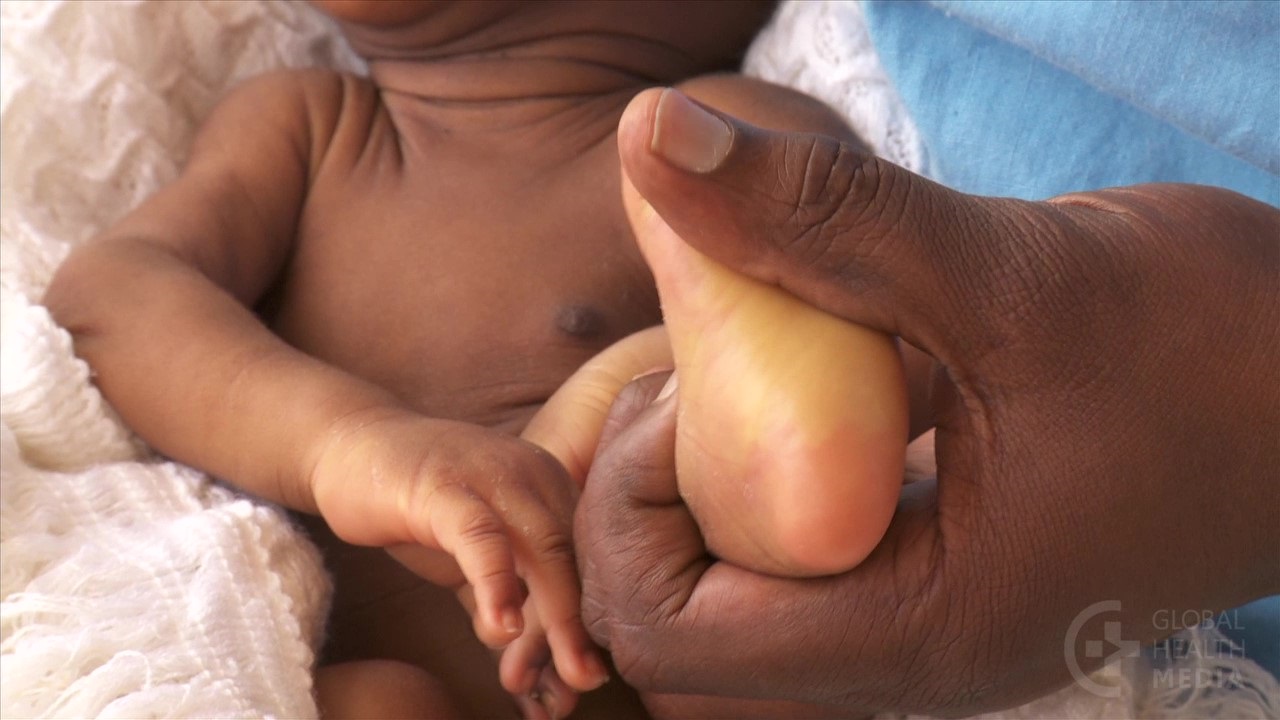
DiYES International School – Jaundice in children is a common condition that causes yellowing of the skin and eyes. It occurs when there is too much bilirubin in the blood. Bilirubin is a substance produced when the liver breaks down red blood cells. Normally, the liver processes bilirubin, but if it is not functioning properly, jaundice can develop. While it is often harmless in newborns, it can signal an underlying health problem. Understanding its causes, symptoms, and treatment can help parents manage the condition effectively.
Jaundice in children can have several causes. In newborns, the most common cause is called neonatal jaundice. This occurs when a newborn’s liver is not fully developed. The liver is unable to process bilirubin efficiently, leading to a buildup of the substance in the bloodstream. This type of jaundice is typically mild and resolves on its own within a few days.
In some cases, jaundice may be a result of more serious liver issues. These include infections, liver disease, or problems with bile ducts. Conditions like hemolytic anemia, where red blood cells are destroyed faster than usual, can also cause jaundice. Premature babies are more likely to develop jaundice due to their immature livers.
“Read about: The Fragile Reality: How Osteogenesis Imperfecta Affects Children”
The main symptom of jaundice is yellowing of the skin and the whites of the eyes. It often starts on the face and spreads to the body. The yellow color may be more noticeable in natural light. Parents may also notice that their baby’s urine is darker than usual, while their stool may appear paler.
In more severe cases, the child may appear lethargic or have difficulty feeding. If jaundice is left untreated, it can lead to complications such as brain damage. Therefore, it is essential to monitor your child closely if you suspect jaundice.
Parents should seek medical attention if they notice signs of jaundice in their child. For newborns, jaundice that appears within the first 24 hours of life may indicate a more serious condition. Additionally, if the yellowing does not improve or worsens after a few days, it is important to contact a doctor.
If your child shows symptoms like poor feeding, extreme lethargy, or if they are crying more than usual, this may require immediate medical attention. Your healthcare provider will likely order blood tests to check bilirubin levels and determine the cause of jaundice.
To diagnose jaundice, your child’s doctor will conduct a physical exam and review their medical history. The doctor will also look at your child’s skin color and the color of their eyes. In some cases, additional tests may be required to pinpoint the cause of jaundice.
Blood tests can measure bilirubin levels and check liver function. A blood test called a Coombs test can help identify any blood-related conditions that might be causing jaundice. If necessary, the doctor may also use imaging tests to evaluate the liver and bile ducts.
“Read more: Early Signs of Bronchiolitis in Children: What Parents Need to Know”
Treatment for jaundice in children depends on the cause and severity of the condition. For most newborns with neonatal jaundice, no treatment is required, and the condition will resolve on its own. However, in some cases, babies may need treatment to lower their bilirubin levels.
One common treatment is phototherapy, where the baby is placed under special blue lights. This helps break down the bilirubin in the skin, allowing the body to eliminate it more easily. For more severe cases, an exchange transfusion may be necessary. This involves removing some of the baby’s blood and replacing it with donor blood.
For mild cases of jaundice, parents can take steps at home to help their child recover. Ensure your baby is feeding well, as frequent feeding helps remove bilirubin through the stool. If breastfeeding, ensure that your baby is feeding regularly.
For older children, encourage them to drink plenty of fluids and rest. While jaundice is usually not a cause for concern in children, keeping track of their symptoms is important. Regular follow-ups with your healthcare provider can ensure the condition is improving.
While some forms of jaundice cannot be prevented, there are steps parents can take to reduce the risk. Early breastfeeding is essential for newborns, as it provides necessary nutrients and helps prevent jaundice.
In cases where jaundice is caused by underlying medical conditions, managing those conditions effectively can help prevent future occurrences. Regular pediatric checkups are also crucial to monitor your child’s health and development.